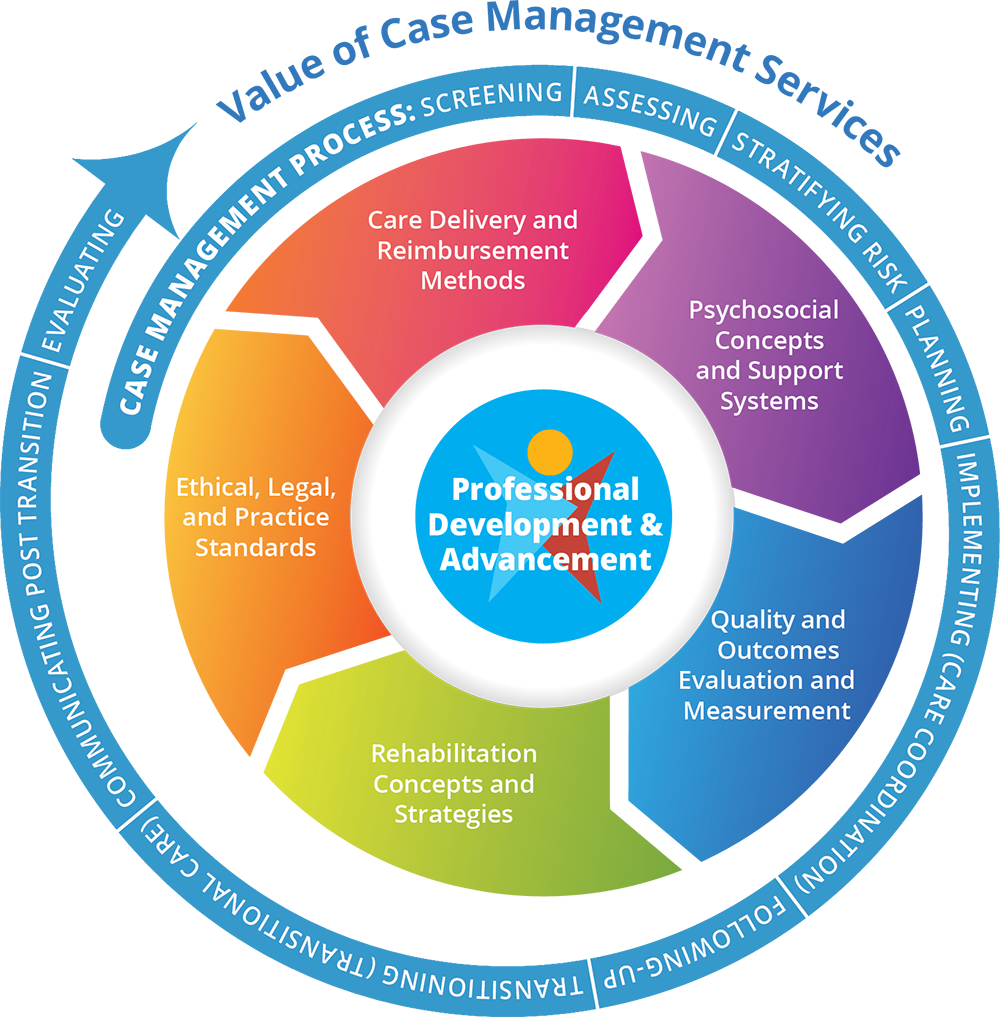As your patients’ COPD worsens and becomes severe may be, their lifestyles will change. Maybe they won’t be able to walk as far as they used to without taking a break. Maybe they will begin to wheeze or cough especially when doing any physical activity. If their disease is severe enough they may develop a wheeze or cough while trying to have a conversation. A patient with severe disease may be too tired to eat. An inability to
breathe translates into an inability to do the things we take for granted every day: walking, doing chores, working, and sleeping. These restrictions may make your patients depressed, scared, or angry.
As a healthcare professional, it’s good to know that there are things you can do to help manage your patients’ symptoms. In most cases, a few simple lifestyle adaptions can help your patients with COPD improve their everyday life.
Everyday Solutions
The most important thing for your patients with COPD to do is quit smoking. It’s also a good idea for them to avoid secondhand smoke and environments with dust, fumes, or other toxic substances that could irritate their lungs when they inhale.
Patients with COPD, especially those with severe disease may have trouble eating because of their shortness of breath. They might not get the calories and nutrients they need—which can not only make their symptoms worse but also make them more susceptible to infections. Discuss your patients’ eating habits with them to help them come up with an eating plan that meets their nutritional needs. Smaller, more frequent meals may help. So might resting before eating and taking vitamins or nutritional supplements.
Pulmonary Rehabilitation
The goal of pulmonary rehabilitation is to help improve the well-being of patients with COPD. A team designs a program for each individual. Rehabilitation may include an exercise program, disease management training, and nutritional and psychological counseling to help patients stay active and carry out their daily activities.
A bonus of pulmonary rehabilitation is peer-to-peer support. Patients will meet other people who have COPD and have the same experiences, questions, and feelings as they do.
Common Sense Tips
Here are some suggestions for patients who may have trouble breathing:
- Take frequent rest stops when walking
- Avoid stairs when possible
- Wear loose clothes that won’t constrict breathing
- Keep windows closed if the weather is windy, to avoid debris blowing in
- Use air filters inside
- Keep the house–including shelves, picture frames, rugs, and curtains–clean and dust-free
- Wear scarves over their noses and mouths when it’s cold outside, to keep their breath warm
And, most importantly, emphasize the need to call their healthcare provider if symptoms worsen!
When Loved Ones Can No Longer Take Care of Themselves
Unfortunately, COPD symptoms may, in time, get worse. It may get more and more difficult for patients to breathe or get around. Simple everyday tasks may become too much of a chore. Loved ones will have to take on a bigger and bigger role. They might need to set up bedrooms on the first level of a home. They might need to do the shopping and the laundry, the cooking and the cleaning. As the disease worsens, patients might also need help in getting dressed or eating. Family members might need to enlist the help of friends, home aides, or visiting nurses.
What Is an Advance Directive?
An advance directive is a plan patients make to ensure that their wishes and preferences regarding treatment are in place
for when the time comes that they are unable to speak for themselves or make their own decisions. It is not comfortable
for patients to think they might need an advance directive, but the document provides relief for family members that they
“did the right thing.” It also offers you and the other members of the healthcare team clarity on whether patients want lifesustaining measures if there is little likelihood of recovery.
When all treatment options have been explored, palliative care or hospice might be necessary. While both palliative care and hospice are dedicated to providing relief from pain, offering a support system to help families cope with a patient’s illness and their own bereavement, and enhancing quality of life, palliative care can begin while a patient is still receiving treatment for COPD, while hospice does not start until treatment has been exhausted and a patient has only 6 months or less to live.
It is not an easy task to begin a conversation about the possibility of COPD symptoms getting to the point where patients can no longer care for themselves, but it is a necessary one. Being prepared can make life more comfortable for your patients, as well as being a gift to loved ones who may need to share the burden.

